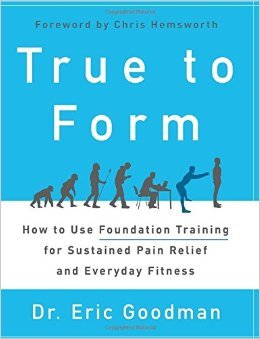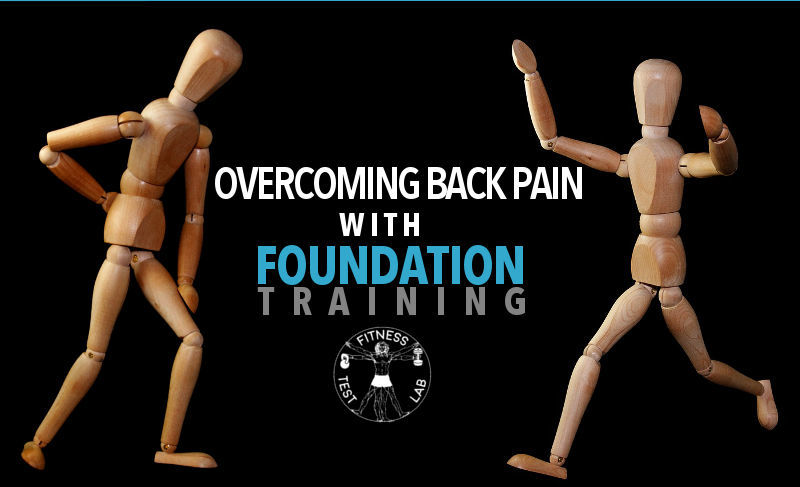True to Form Review
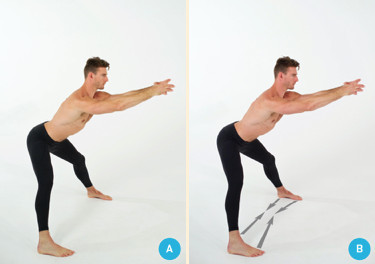
Dr. Eric Goodman, the creator of Foundation Training, is back with a follow up to his first book, which I previously reviewed. The bottom line of that review is that Foundation Training is the real deal, it addressed my back pain, and I’m a believer in Dr. Goodman and his system. I preordered this book not knowing exactly what to expect, but hoping that it would break new ground and not just be a rehash of the material presented in the previous book. It was recently released and I’ve now read it all the way through. So, does it live up to my expectation? Read on to find out!
True to Form Review – Foundation Training as a Remedy for Lower Back Pain
Clocking in at roughly 200 pages, the book is a fairly quick read. The content is laid out as follows:
- Introduction and backstory
- Walkthrough of a typical day for a person living in modern western society
- Introduction to proper movement
- High level overview of Foundation Training concepts
- Tips for incorporating proper movement patterns into everyday life
- Basic daily programming guidelines for reinforcing proper movement patterns
There is no index, and the table of contents does not break out page numbers for specific exercises. This is problematic because it makes the book more difficult to use as a quick reference when learning the exercises – you’ll have to do a bit of hunting if you’re looking to review the description of a particular posture.
Content
Like I mentioned in the intro, I bought this book hoping to get some new material and I was not disappointed. This book is not just a rehash of the first book – the material is presented in an entirely new way and has been expanded upon. It’s clear that Dr. Goodman is continuing to develop and hone his system because this book introduces important new concepts like decompression and anchoring, which serve as the “foundation” (haha) of his movement system.
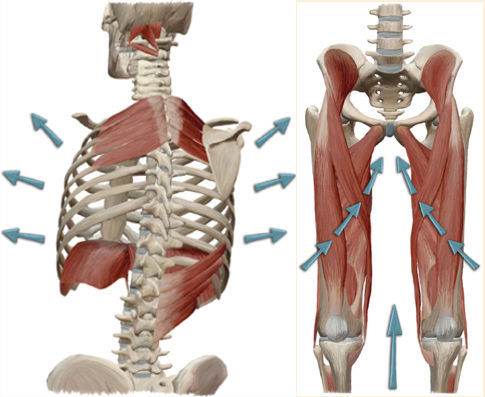
Muscles involved in decompression and anchoring
Decompression covers proper lengthening and expansion of the ribcage, and anchoring involves engaging the muscles of the feet, legs, and pelvis to provide strong counterbalance tension for a stable hip hinge. In my opinion, the coverage of these two topics alone is worth the price of the book.

Wide-leg Founder using decompression and anchoring principles
The rest of the content is good for someone who has no previous exposure to Foundation Training, but possibly not as useful to someone already familiar with the theory behind the system and the movements. In a nutshell, the book is geared toward helping someone 1) become more mindful of how he or she moves, 2) identify movement patterns that are detrimental or actively causing discomfort or pain, and 3) alleviate that discomfort/pain by learning and reinforcing proper movement.
If you are completely new to Foundation Training, you might be wondering how this system differs from other movement-based systems like yoga or pilates. In essence, Foundation Training specifically targets the activation, lengthening, and strengthening of the posterior chain (and to a lesser extent, the anterior chain), whereas yoga and pilates are intended to work the entire body. Foundation Training is not meant to replace your regular practice or fitness regimen, but rather to enhance it.
However, you can use Foundation Training as your only practice if you want to. Some days I choose to just focus on Foundation Training, taking 30 minutes to go through various postures. By the end of one of these sessions I’m reduced to a quivering mass of jelly, completely soaked in sweat, but feeling very energized. By the way, in my opinion if you aren’t sweating profusely by the end of a Foundation Training session you probably need to work a bit harder in the postures – trust me, you’ll see faster improvement that way.
Pros
Decompression and anchoring are concepts that you absolutely need to incorporate into your life, especially if your work involves lots and lots of sitting. The walkthrough of a typical day and how to integrate foundation postures into it are invaluable for learning how to reinforce proper movement. After all, your life won’t get better if you spend just 20 minutes a day practicing proper movement only to spend the next 23 hours and 40 minutes moving like a robot zombie.
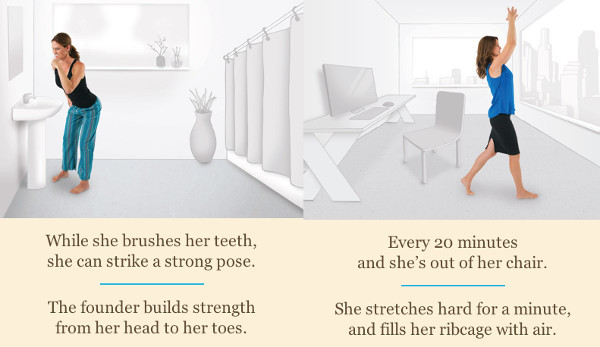
Integrating Foundation Training into everyday life
Cons
The biggest con hands down is a lack of proper indexing for the exercises. I can easily see this being a hinderance for someone wanting to use the book as a reference for reviewing the descriptions of various postures while learning the system.
Another big con in my view is the omission of exercises that were introduced in the Foundation Training DVD set that has been available for quite some time now. Specifically, gorilla lifts and 8-point planks are not mentioned at all. I don’t know why, I can only assume it’s because these are more advanced postures and this book seems to be intended to provide an introduction to Foundation Training rather than serve as a comprehensive reference for the entire movement system.
Bottom Line
The bottom line is that Foundation Training works. I’ll rehash a bit of my previous book review, because it still applies – although I’ve owned the first book and DVD set for a while, I only recently got serious about doing the work after tweaking my back during an intense workout. After putting in a solid week of doing the basic Foundation series, my back pain subsided dramatically. After three weeks my lower back pain was gone and my back felt stronger than ever. Three months in and my posture has improved, my strength has increased and I have more range of movement in my my shoulders and hips.
If you are new to Foundation Training, this book serves as a very good introduction to the system. If you already own the first book, the introduction and explanation of the concepts of decompression and anchoring are well worth the price of admission. If you own the Foundation Training DVD set, this book serves as a good complement that provides more context for the exercises and workouts presented on the DVDs.
In summary, if you have chronic back pain this program is definitely worth your time. Heck, even if you don’t and you just want to be the strongest version of yourself you can possibly be, this program is for you.
Bonus
Dr. Goodman gave an excellent TED talk where he lays out his rationale for Foundation Training, it’s well worth fourteen minutes of your time.
About the Author Mario
I'm a software product manager with a full-time job, family, and a desire to stay strong, mobile, and fit. I separate fact from fiction to find the most effective and affordable options for home fitness. If you'd like to build your own home gym, start here.
Popular posts
Session expired
Please log in again. The login page will open in a new tab. After logging in you can close it and return to this page.

